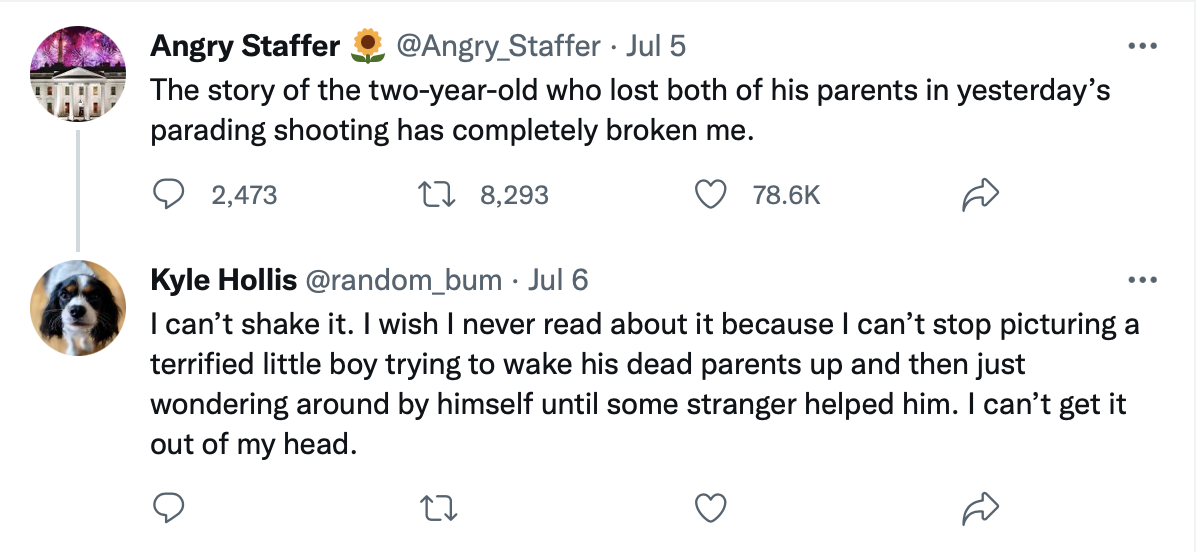Tattletales: News media love to call each other out
/Sunday marked the final broadcast of CNN’s 30-year-old news media criticism show called “Reliable Sources.” The reasons for the cancellation aren’t clear, but the network’s new CEO has said he wants to cut back on opinion, re-emphasize straight reporting and, notably, attract conservative viewers who have turned off CNN.
Good luck with that last part, fella.
There’s still plenty of press criticism out there from politicians and other partisans, but less and less from professional reporters who are designated to do so. In addition to losing “Reliable Sources,” the job of “public editor” – a newsroom reporter given the authority and independence to listen to audience complaints and write about their own organization’s failings – has almost disappeared.
All of this is concerning because the press is an influential institution that needs to be held publicly accountable for its considerable shortcomings. But I’m not going to get too concerned. That’s because a strong ethic of “self-policing” remains within the industry. In other words, journalists like to rat each other out.
Some national news outlets, such as The Washington Post, The New York Times and Politico, still employ media beat reporters or commentators. There also are industry watchdog groups, such as Columbia Journalism Review and Media Matters for America. And you can find plenty of individual blogs. (Yes, the Arenblog is somewhere on that list.) I especially like this one and this one.
Mainly, though, watchdogging of journalism comes when one medium reports on another, exposing inaccuracy, conflicts of interest, editorial timidity and a host of other misdeeds.
One of the most notorious scandals in journalism history began in 2003 when The Washington Post wrote a story headlined, “N.Y. Times Article Bears Similarities to Texas Paper’s.” It ended up with The New York Times uncovering pervasive fraud and plagiarism by one of its own reporters, Jayson Blair.
A few other, random examples:
The New York Times used video content analysis to document the racism and fear-mongering of Fox News talk show host Tucker Carlson.
Buzzfeed exposed conflicts of interest by New York Times columnist David Brooks, who wrote about subjects in which he had undisclosed financial ties. He cut those ties and the newspaper added editor’s notes to some past columns.
The Washington Post raised accuracy questions about a well-read story published by The Atlantic on rich, overzealous parents using athletics to gain their children’s admission to Ivy League schools, leading to a retraction.
The military newspaper Stars and Stripes cast doubt on a 12-year-old story told multiple times by NBC Nightly News anchor Brian Williams that his helicopter was hit by enemy fire in Iraq. The network suspended him for six months and he never returned to that position.
(Careful readers will note that all but one of these examples led to consequences. Fox News and Carlson? Zilch.)
This type of self-monitoring happens on the local level, too. One example: A deep dive by Los Angeles Magazine into problems with The Los Angeles Times’ editorial leadership at the time. Local “alternative” publications often like to criticize the dominant local media, which are fair game.
All this public finger pointing seems noncollegial and harmful to the reputation of the industry. You rarely see this sort of recrimination in many other fields of work. But keeping quiet is dishonorable, and in the long run truth and public trust in journalism are better served by open self-examination, no matter how embarrassing.













